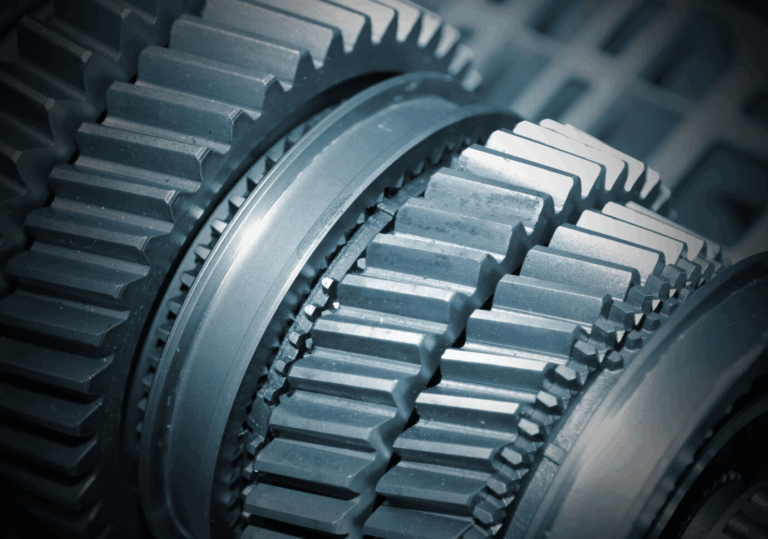In the realm of industrial machinery, sustaining output and cutting operating expenses depend heavily on the longevity and efficiency of spinning equipment. Precision dynamic balancing is one sometimes disregarded yet vitally crucial component of machine maintenance. By adopting this method, a machine’s spinning components are guaranteed to spin uniformly around their axis without experiencing excessive vibration or wear. The results of ignoring or failing to notice imbalances might range from catastrophic equipment failure to increase energy use. Industries may protect their equipment, save downtime, and enhance overall performance by concentrating on precision dynamic balancing.
Comprehending the Dynamic Balancing Concept
One technique for distributing the mass of rotating parts so that their center of mass stays constant throughout rotation is called dynamic balancing. Dynamic balancing considers several planes and guarantees stability throughout the rotational cycle, in contrast to static balancing, which only addresses balance in one plane. For complicated machinery with high-speed parts, such as turbines, compressors, pumps, and fans, this is especially crucial. Even a slight unbalance might result in vibrations that raise mechanical stress and ultimately cause failure. Since even small discrepancies have the potential to grow into major problems over time, accuracy is essential in this process.
How Unbalance Affects Equipment and Functions
Unbalanced rotating machinery frequently produces excessive heat, noise, and vibration. These impacts cause bearings, shafts, seals, and other parts to wear out more quickly over time. This shortens the equipment’s lifespan and increases the need for expensive repairs and regular maintenance. Persistent imbalance can also result in loose fasteners, structural strain, and even damage to the machine’s mounting foundation. The dangers of imbalance in high-stakes sectors like manufacturing, energy, and aerospace are too large to be disregarded. These dangers are greatly reduced by precise dynamic balancing services, which guarantee safe and efficient machine operation.
Cost Savings and Energy Efficiency
Precision dynamic balancing’s beneficial effects on energy efficiency are among its sometimes overlooked advantages. In order to resist the uneven forces created during rotation, unbalanced equipment needs extra power. Higher operating expenses and a greater carbon footprint are the results of this increased energy demand. On the other hand, machinery that is well-balanced runs more smoothly and puts less strain on drives and motors. In addition to saving energy, this increased efficiency also results in cheaper maintenance and utility costs. Balanced machinery can result in significant cost savings over time, particularly in establishments with a high volume of spinning equipment.
Improving Efficiency and Cutting Downtime
Any industry that depends on continuous functioning is very concerned about unplanned downtime. Unbalanced equipment failure can reduce customer trust, stop production, and postpone delivery. By detecting and resolving imbalances before they cause malfunctions, precision dynamic balancing helps avoid these interruptions. When incorporated into a thorough maintenance plan, regularly scheduled balancing operations enable facilities to maintain machines operating at peak efficiency. This proactive strategy streamlines manufacturing procedures, lowers the need for emergency repairs, and eventually increases overall productivity. Furthermore, by reducing vibration-induced fluctuations, well-balanced equipment that operates consistently produces higher-quality output.
Safety and Compliance Considerations
For machinery to be deemed functioning in many industries, it must adhere to strict safety and compliance requirements. These guidelines may be broken by excessive vibration brought on by imbalance, which may result in fines or the closure of operations. Moreover, workers are at risk of injury from unbalanced equipment. Excessive vibration can result in fatigue-related failures, which can cause systems to malfunction or parts to separate, both of which can create dangerous mishaps. Accurate dynamic balancing promotes a safer workplace and guarantees adherence to industry standards like ISO and ANSI. Therefore, investing in balance correction is not only a maintenance choice but also a crucial part of maintaining regulatory compliance and worker safety.
The upkeep and functioning of spinning machinery depend heavily on precise dynamic balancing. It prolongs the life of vital parts, lowers energy consumption, and improves machine efficiency. Businesses may enhance safety, minimize expensive downtime, and adhere to regulations by proactively resolving imbalances. It is impossible to overestimate the significance of preserving optimal machine performance in a market that is becoming more and more technologically advanced and competitive. Precision dynamic balancing is essential for industries that depend on the reliable and effective operation of rotating machinery.
